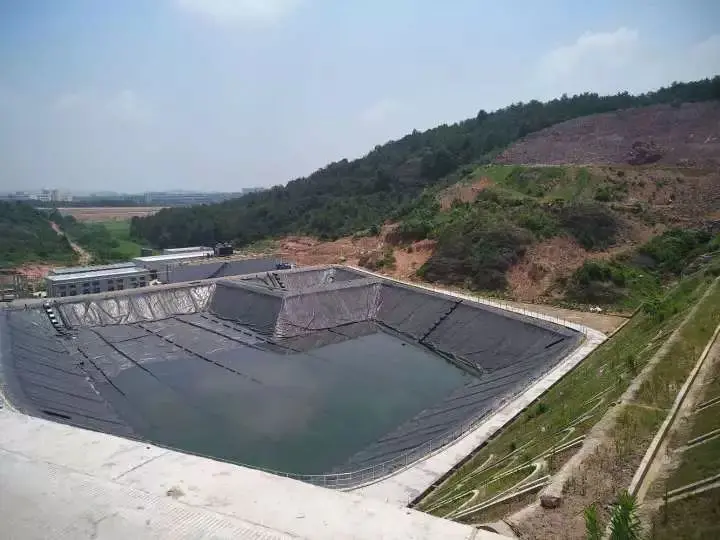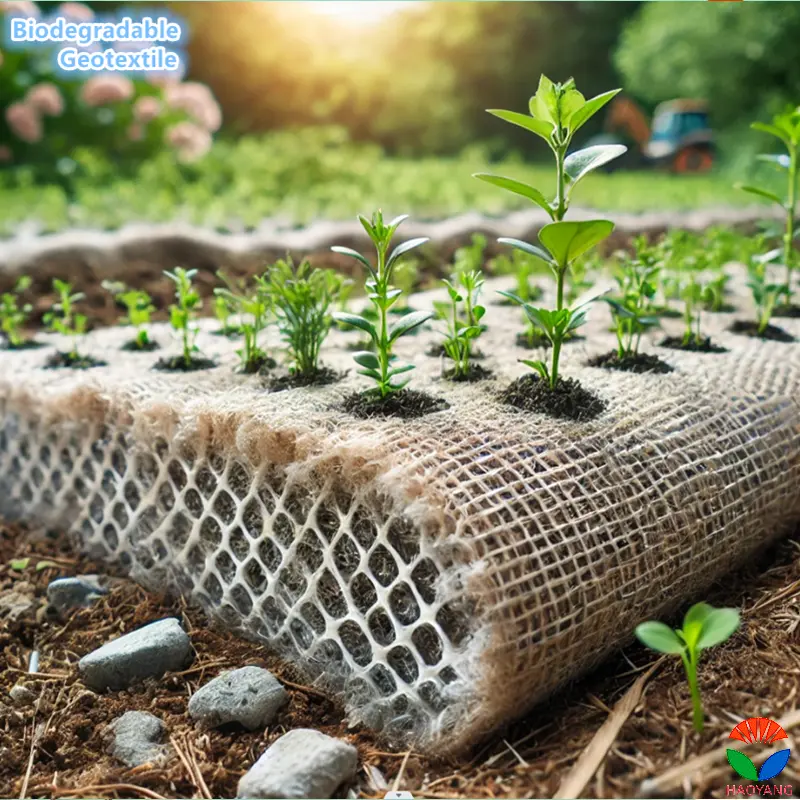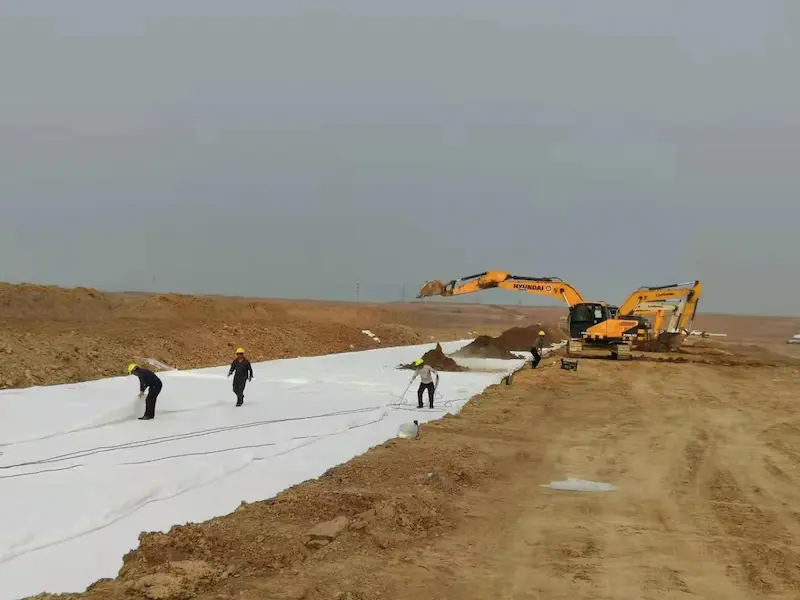The differences between 3D composite drainage net and geotextile lie in their respective functions, structures, and applications in construction and civil engineering. In addition, another difference between them is the cost.
3D composite drainage nets and geotextiles serve different functions in civil engineering and construction:
Drainage Capability:
3D composite drainage nets have a three-dimensional structure that facilitates water flow in multiple directions, offering superior drainage compared to geotextiles, which primarily provide filtration and separation functions.
Strength and Stability:
Composite drainage nets typically have higher tensile strength and stability due to their structural design, making them suitable for load-bearing applications such as under roads or railways. Geotextiles, while offering some reinforcement, are generally not as strong or stable.

Filtration and Separation:
Geotextiles excel in filtration and separation by preventing soil particles from migrating into drainage systems and providing a stable base for construction materials. Composite drainage nets may incorporate geotextiles but focus more on drainage efficiency.
Versatility:
Geotextiles are versatile and used in various applications, including erosion control, soil stabilization, and reinforcement. Composite drainage nets are specialized products primarily used for drainage purposes in areas with high water tables or poor soil drainage.

Cost:
While composite drainage nets may offer superior drainage performance, they often come at a higher cost compared to geotextiles. The choice between the two depends on project requirements, budget constraints, and specific site conditions.
In summary, while both 3D composite drainage nets and geotextiles play crucial roles in civil engineering and construction, they serve different primary functions. The former focuses on drainage through a three-dimensional structure, while the latter serves as a versatile material for separation, filtration, and stabilization in various soil-related applications. The choice between them depends on the specific needs and requirements of a given project. Of course, cost is also a major consideration.
913.webp)
297.webp)
334.webp)
986.webp)
503.webp)
759.webp)

628.webp)
